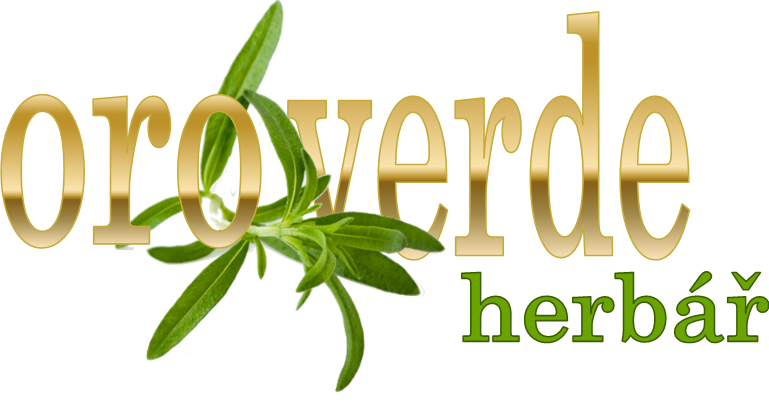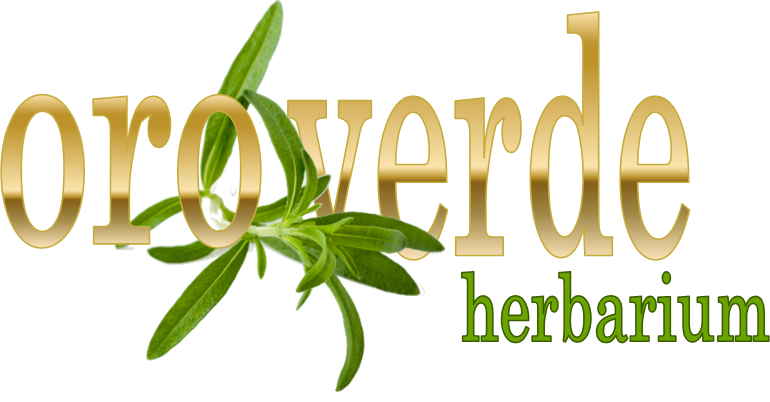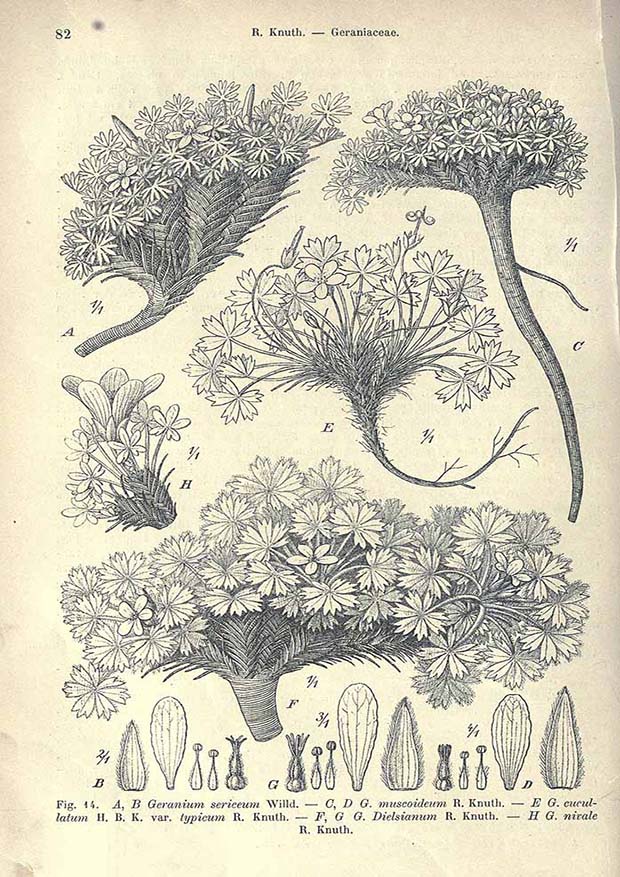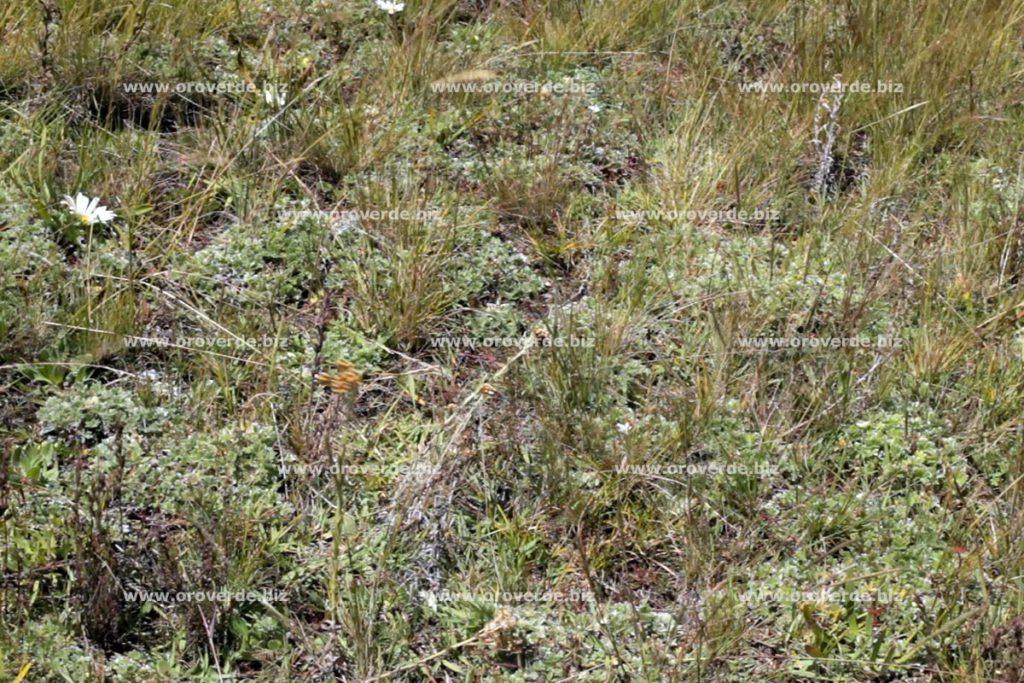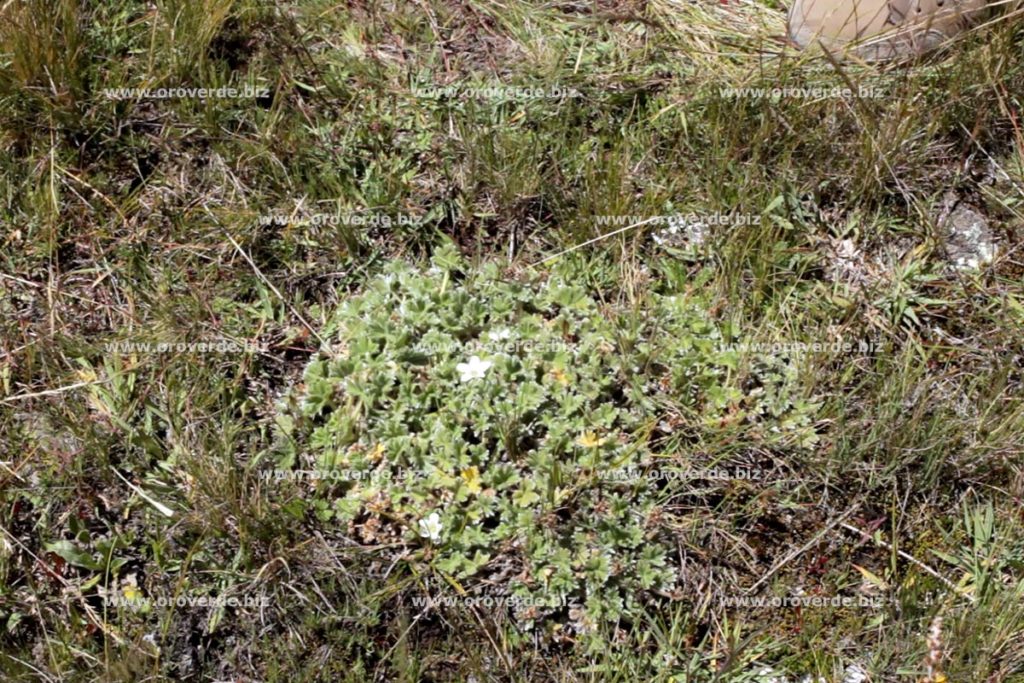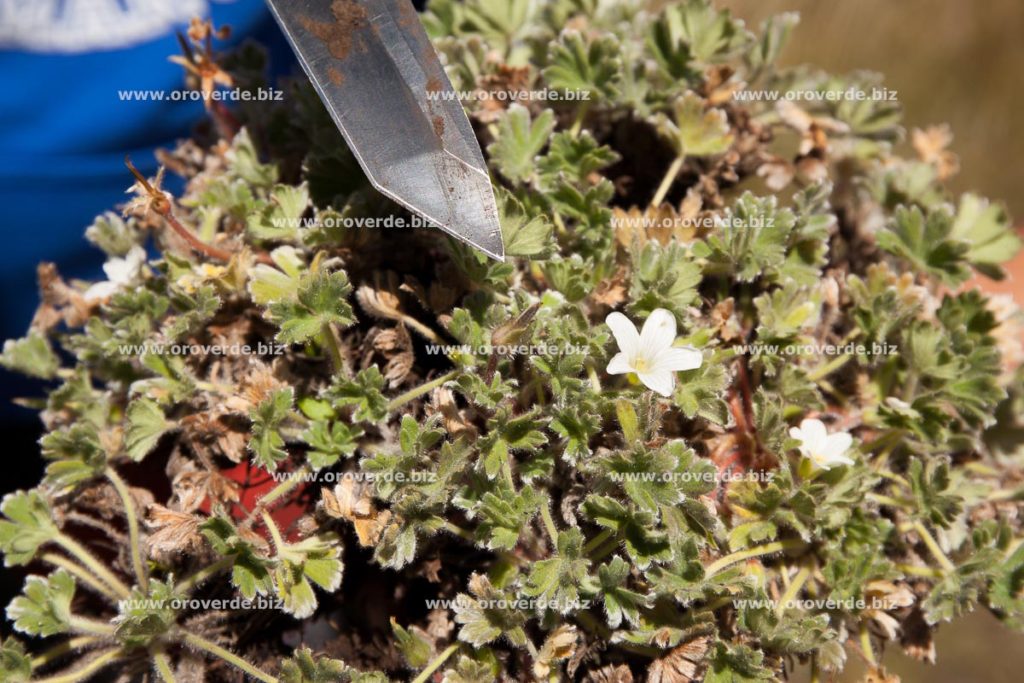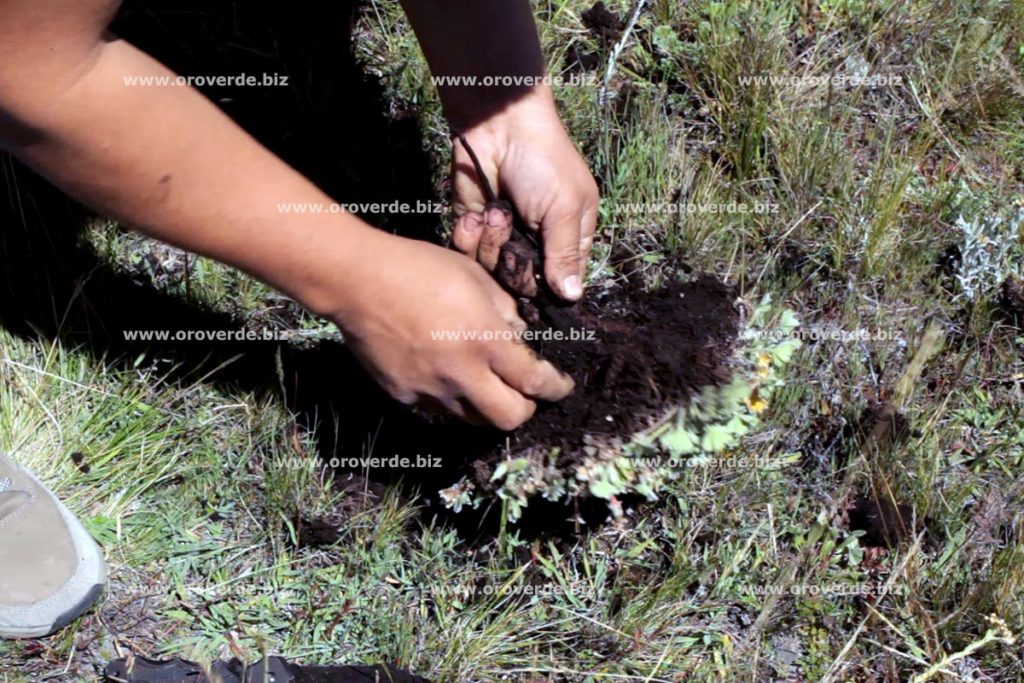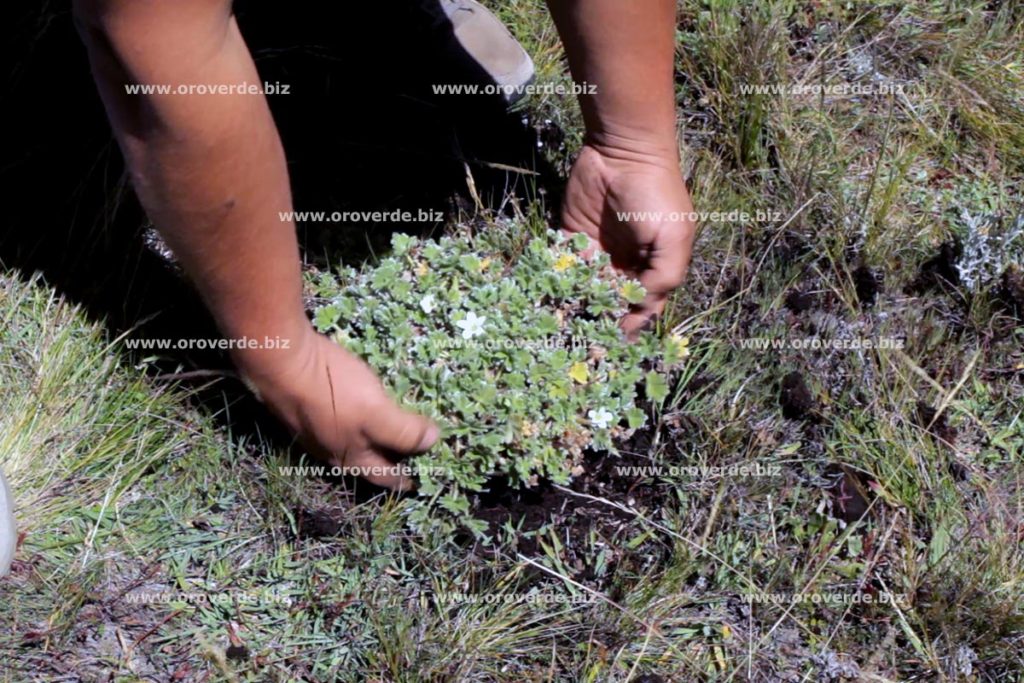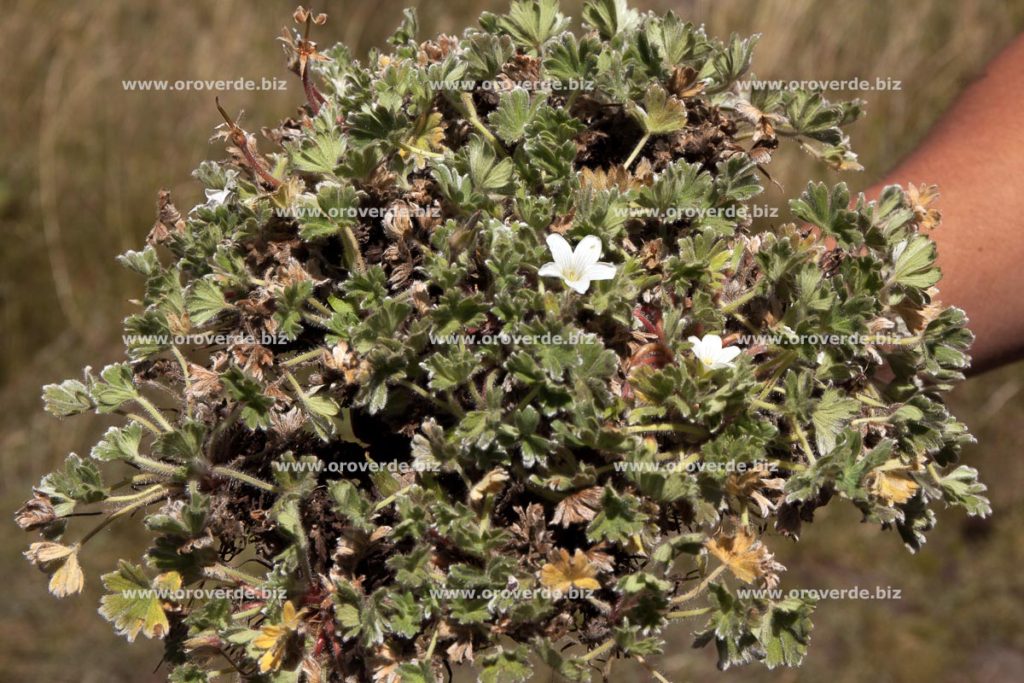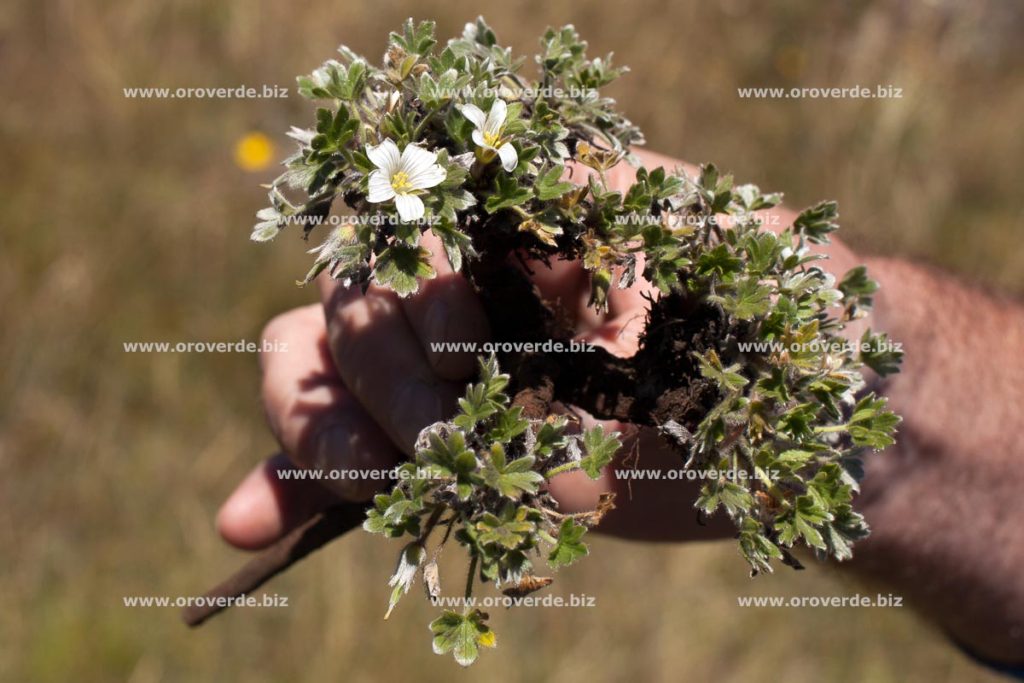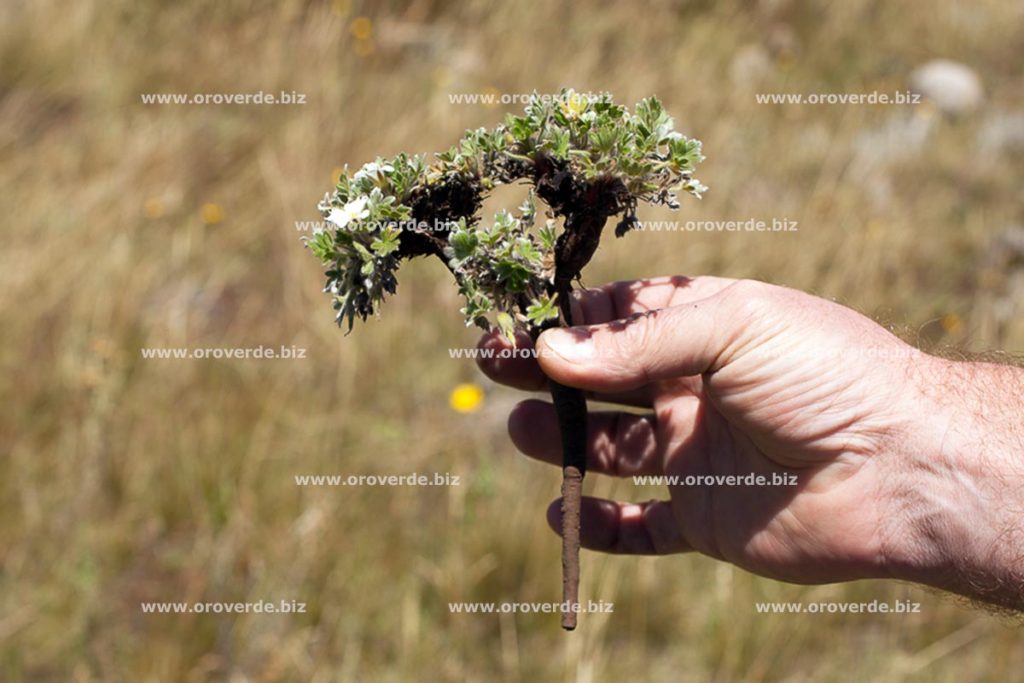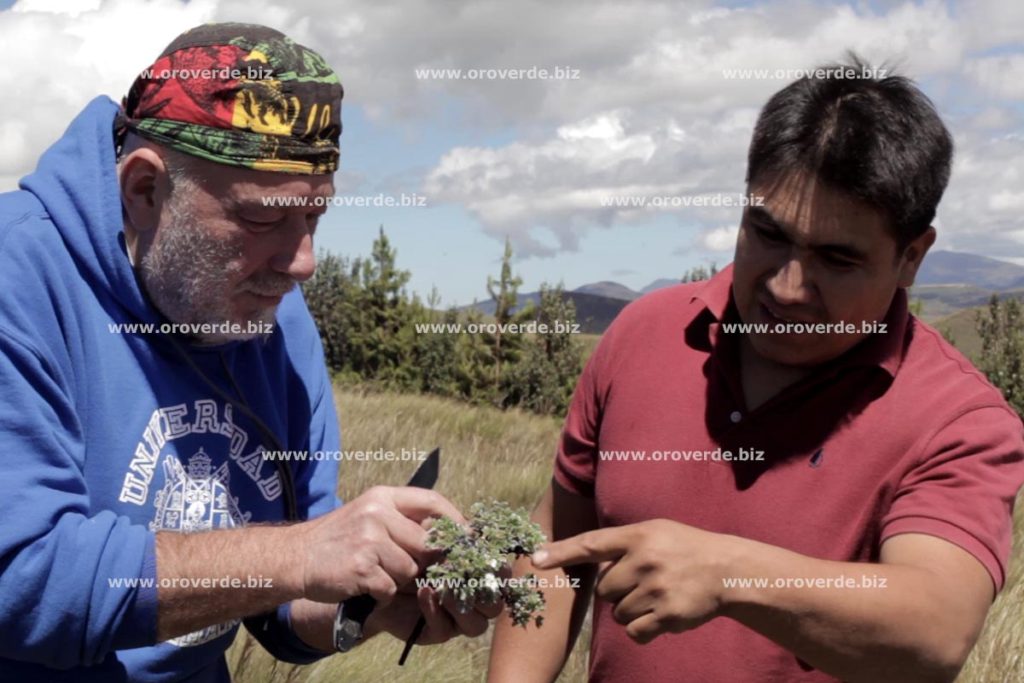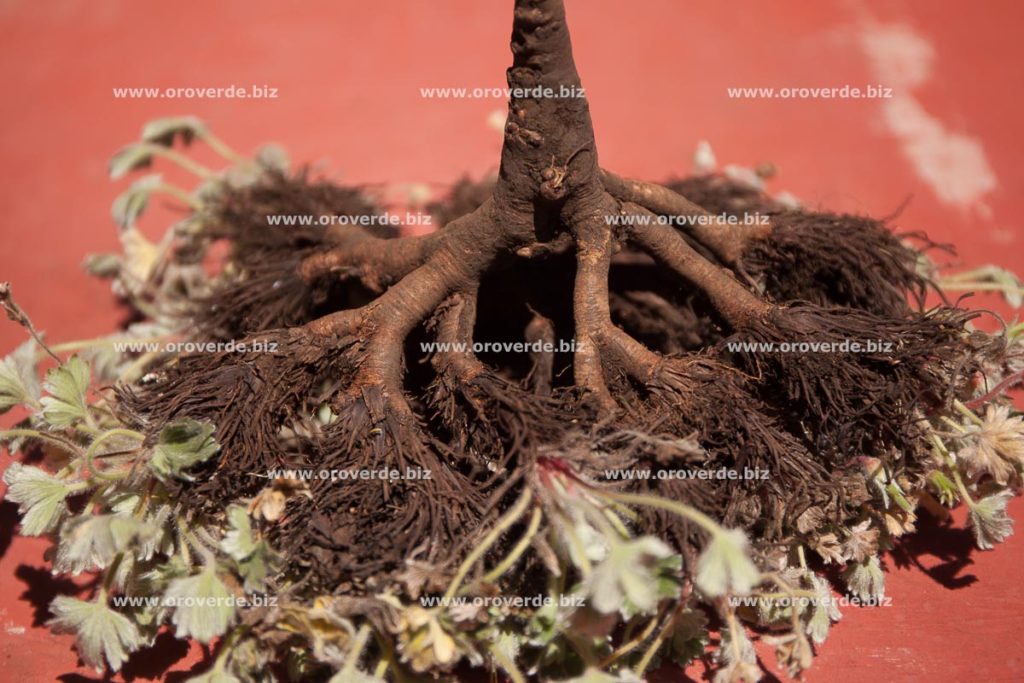It affects the following diseases:
Family: Geraniaceae
Genus: Geranium
Species: dielsianum Knuth.
Common names:
Pasochaca, pulipunche, andocushma.
Part(s) used:
Aerial herbal parts (stems, leaves, flowers) (Herba geranii).
Description:
Small perennial, glandular, haired halm, growing up to the height of 35 cm. Leaves are folded on the top from three folds, bilaterally from four folds, the flowers of light violet colour,10 millimetres long, compounded from five petals. The flowers flock together and create bunches.The cranesbill section representing Peru count 5 tribes with 56 kinds from which 24 are endemits, as it results from the last botanic studies. The kind G. dielsianum is allocated only in the northern Peru in the provinces: Cajamarca, Chota, Piura and Ayabaca in the altitude about 3000 metres above sea level.
There were not many written records about the plant, the traditional usage was transfered orally. The peruvian doctor dr. Fernando Montesinos introduced it to the modern civilization- he got the information from the aboriginal Oskar Silva.
The hypoglycaemic effect, presented nowadays also in the First international symposium FYTO 2000 textbook, held in August 2000 in Lima, is assigned to the phenolic fraction presented especially by bioflavonoids that by their expressive antioxydative activity inhibit free radicals and by this contribute to the pancreat cell recovery. Then was described expressive FRS activity of these substances and several publications published the successfull usage when herpes labialis. Antidiarrheic effect is assigned to the content of berberin, the essential oils showed bacteriostatic and antifungal activity, especially at gynaecological problems caused by these microorganisms.
Some ethno-medical sources show on the similar effect for futher peruvian endemit kind-Geranium ayavacense, others mark both kinds to be identic.
Contraindications:
Are not mentioned.
Side effects:
The contentual substances, especially geraniol can cause an allergic reaction at more sensitive people.
Traditional enthomedicinal uses:The hypoglycaemic effect, the overall above-ground part of the plant, 10 grams of the plant cook in one litre of water until the water evaporates on the half of original content. Sip 1 dcl every two hours. Another source recommend preparation of the infusion when 5 – 10 grams of the plant is infused with one litre of hot water and is left for a while. This way it is possible to make the preparation also for other mentioned treatment purposes.
More information you can look on the site about ordinary preparation of the herbal remedies.
Phytoterapeutic properties:
Antidiarrheic, antifungal, antioxydative, antiviral, bacteriostatic, hypoglycaemic, improving metabolism.
Phytochemical composition:
Bioflavonoids, reduction substances, anthracinonic glycosides, anthocyanidines and saponidines, essential oils with the content of sequiterpens – especially geraniol and β-citronellal, berberin, chebulagic , dehydrodigal and ethylbutan acid, slimes,fats, waxes and acacia gums.
Source:
- Diccionario enciclopedico de plantas utiles del Perú, BRACK EGG A., CBC – Centro de Estudios Regionales Andinos «Bartolomé de Las Casas», Cuzco, Perú, 1999, ISBN 9972-691-21-0
- Jihoamerické léčivé rostliny a jejich užití středoevropskou populací, DORAZIL M., ZF MENDELU, Lednice na Moravě, 2007
- Manual de fitoterapia, LOPEZ VILLAR M., VARGAS VILLAVICENCIO O., Programa Nacional de Medicina Complementaria del Seguro Social de Salud – EsSalud, Lima, Perú, 2001, ISBN 9972-758-34-3
- Efecto hipoglicemiante del extracto acuoso de Geranium ayavacense en ratas tratadas con streptozotocin, TALLA, O., VILLEGAS L., FERNANDEZ, I. in FITO 2000 1er Congreso Intrnacional, Lima, Peru, 2000, pag. 149-152
- Plantas Medicinales Nativas del Peru, PALACIOS VACCARO W.J., Concytec, Lima, Perú, 1997, ISBN 9972-50-002-1
- Vocabulario de los nombres vulgares de flora peruana, SOUKUP J. SDB, Editoria Salesiana, Lima, Perú, 1975
- Ziololecznictwo amazońskie i andyjskie, ŹUROWSKA K., TowerPress, Gdańsk, Polska, 2001, ISBN 83-87342-41-6
